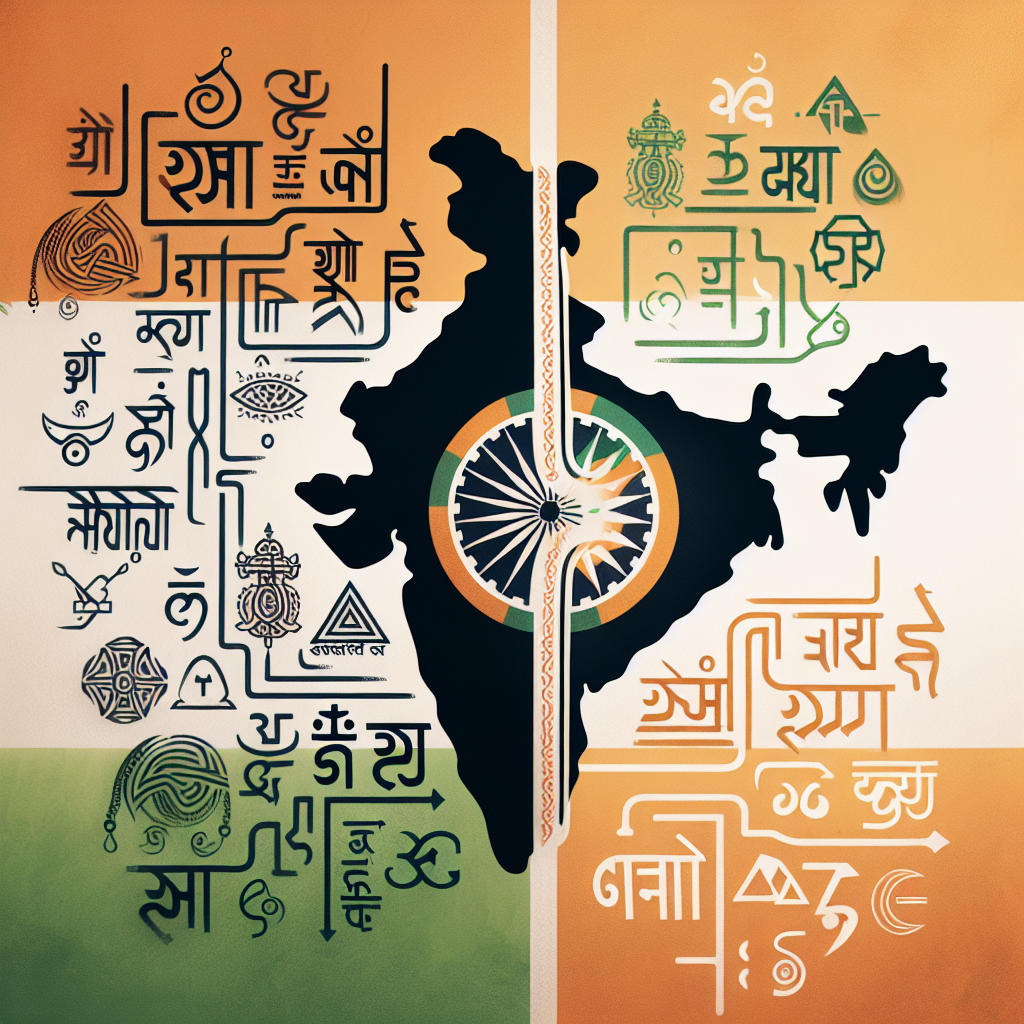The Hindi Debate: Unraveling India’s North-South Language Divide
The Hindi Debate: Unraveling India’s North-South Language Divide
Introduction
The linguistic landscape of India is as diverse as its culture, with Hindi often positioned at the center of a national debate. This discussion highlights the ongoing tension between the northern and southern regions of India regarding the promotion and use of Hindi as a national language.
Historical Context
India’s linguistic diversity is rooted in its history, with over 19,500 languages and dialects spoken across the country. The debate over Hindi’s status has been a recurring theme since India’s independence in 1947.
Key Issues
- Language Imposition: Many southern states perceive the promotion of Hindi as an imposition, threatening their linguistic heritage.
- Political Implications: Language policies often influence political dynamics, with regional parties advocating for the preservation of local languages.
- Economic and Social Factors: Proficiency in Hindi is sometimes seen as a gateway to better economic opportunities, creating a divide in access to resources.
Regional Perspectives
While northern states generally support the use of Hindi, southern states like Tamil Nadu and Karnataka emphasize the importance of preserving their own languages, such as Tamil and Kannada.
Efforts for Resolution
- Policy Reforms: The Indian government has attempted to address these concerns through policy adjustments and promoting multilingualism.
- Educational Initiatives: Schools are encouraged to offer a variety of language options to accommodate diverse linguistic backgrounds.
Conclusion
The Hindi debate underscores the complexity of India’s linguistic identity. While efforts continue to bridge the divide, the challenge remains to balance national unity with regional diversity. Understanding and respecting linguistic differences is crucial for fostering harmony in India’s multicultural society.








































